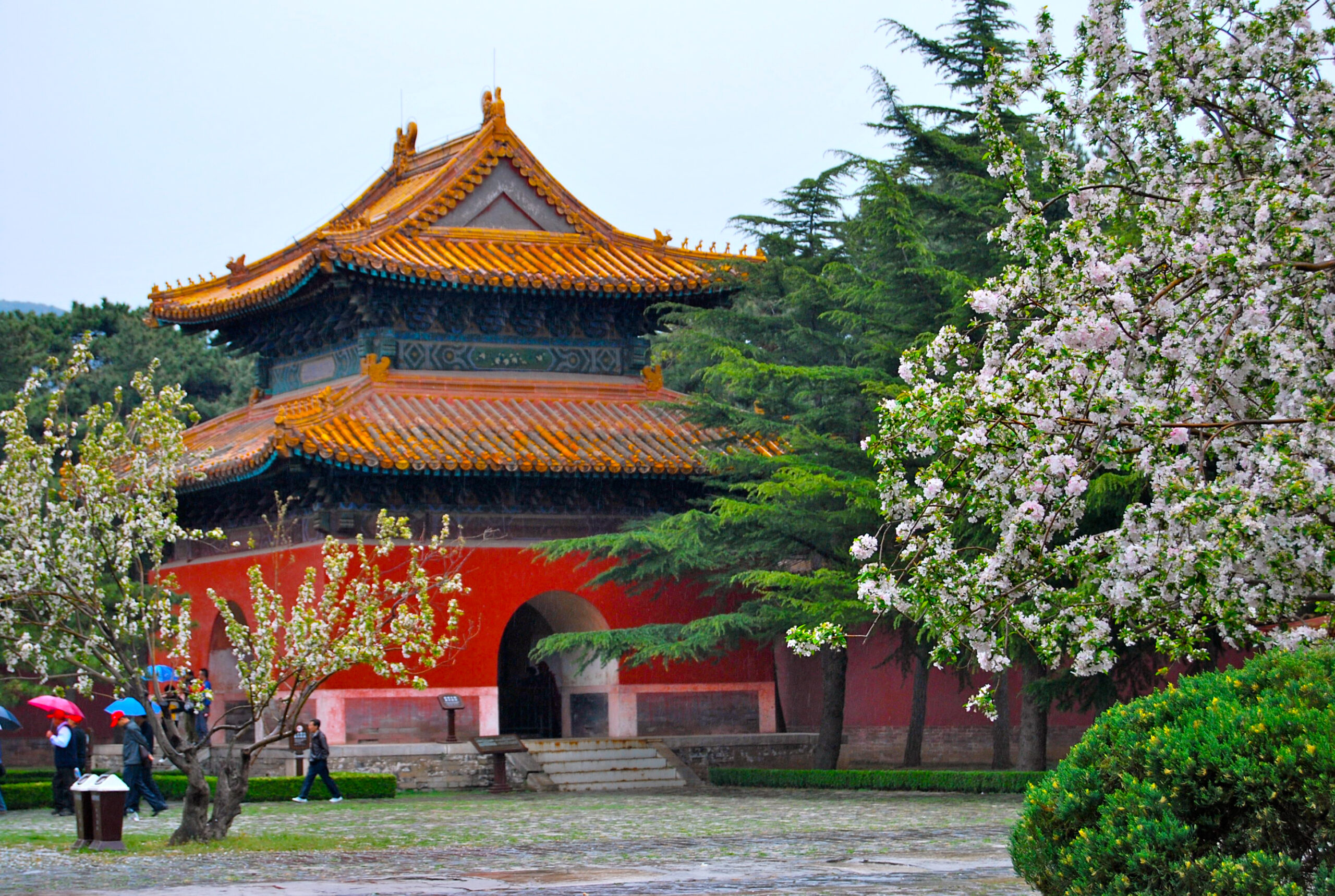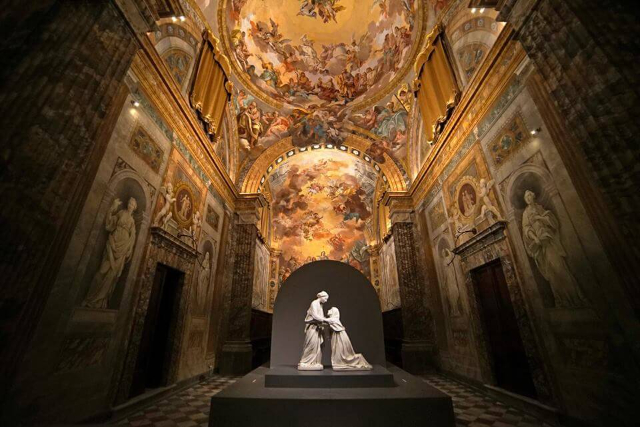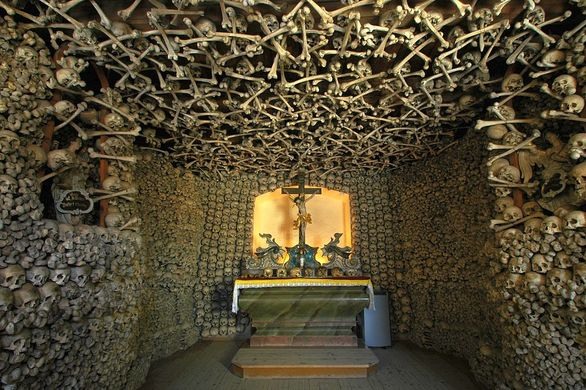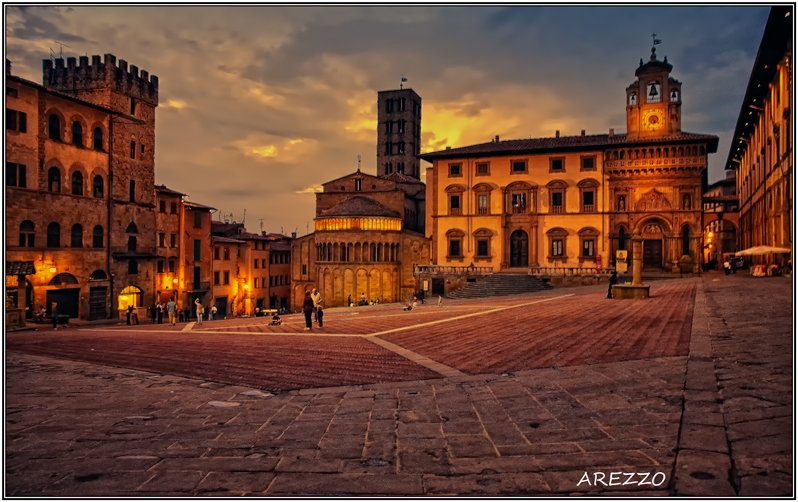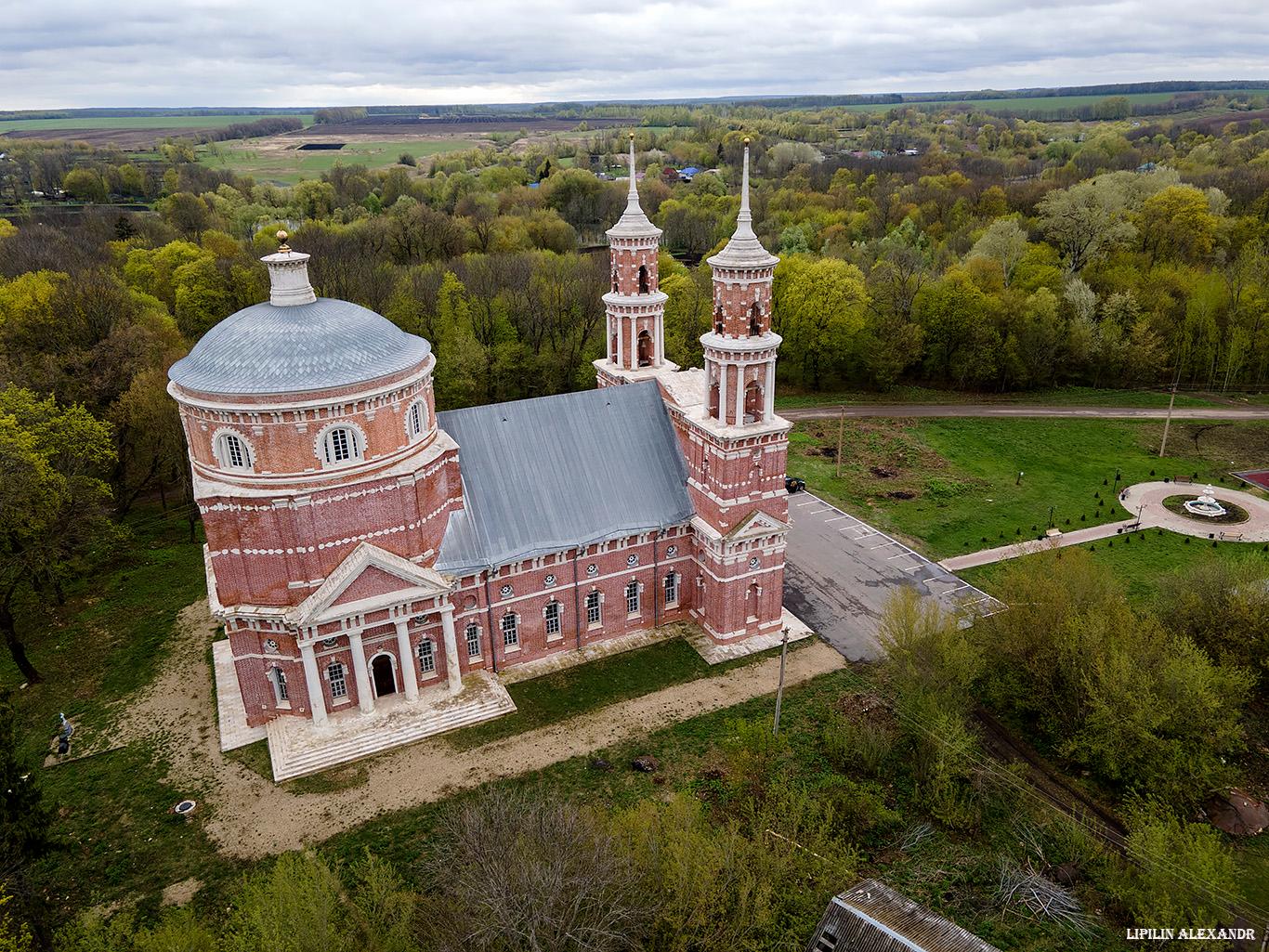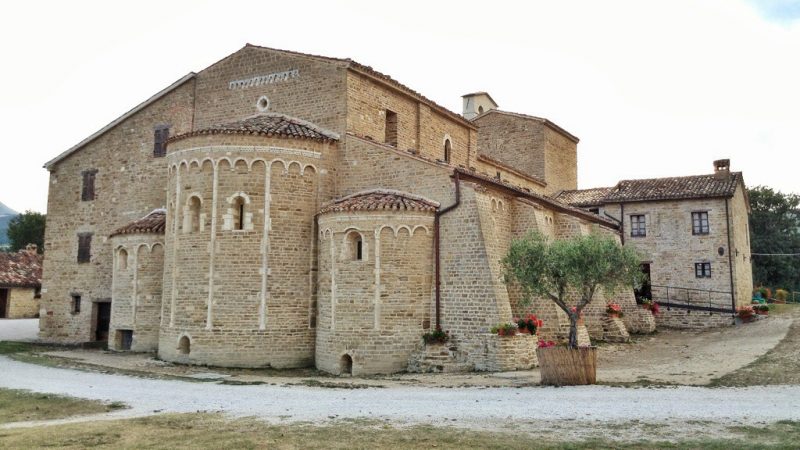The Ming Tombs represent the imperial cemetery region where the 13 emperors of the Ming Dynasty were buried.
In a carefully selected site, according to the Chinese feng-shui (geomancy) traditions, the tombs are surrounded by mountains on three sides and a river flows near them. The tomb area has been listed by UNESCO as World Cultural Heritage.The Ming Tombs hold a place in Chinese history, being the place where 13 out of the 16 emperors of the Ming Dynasty were buried, together with their wives and concubines, including the founder of the dynasty Zhu Yuanzhang.
Construction of the first tomb was started in 1409 AD by the third emperor of the dynasty. The largest one is Changling Tomb, which was built in 1413 and is the burial place of Zhu Di, the third Ming emperor and the chief of Ming Tombs. It is not only the largest one, but the best-preserved one among the thirteen tombs.
